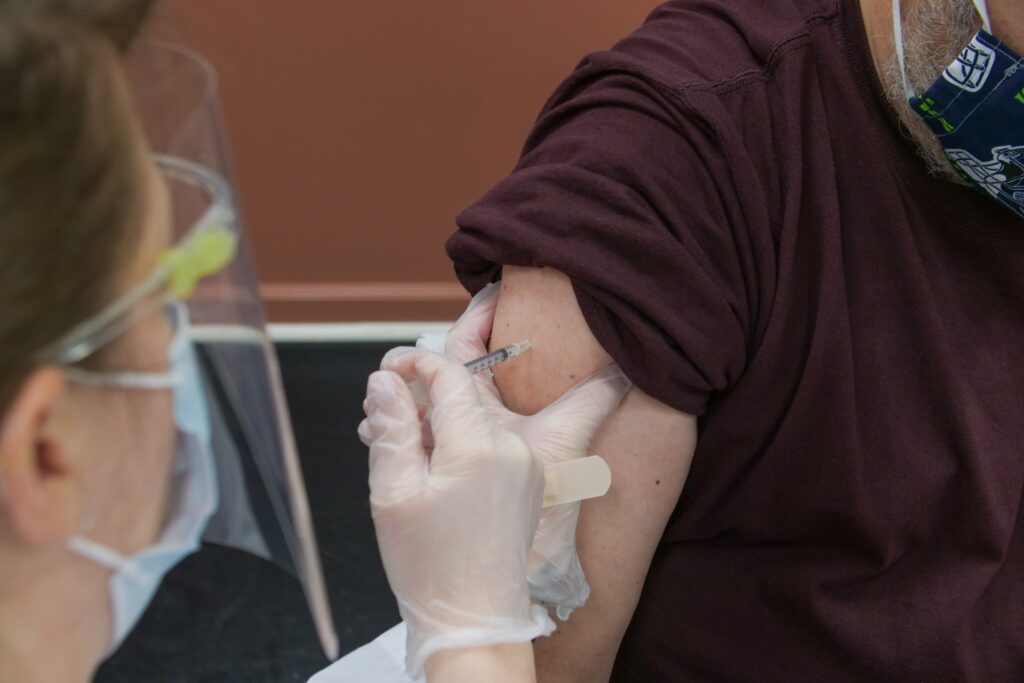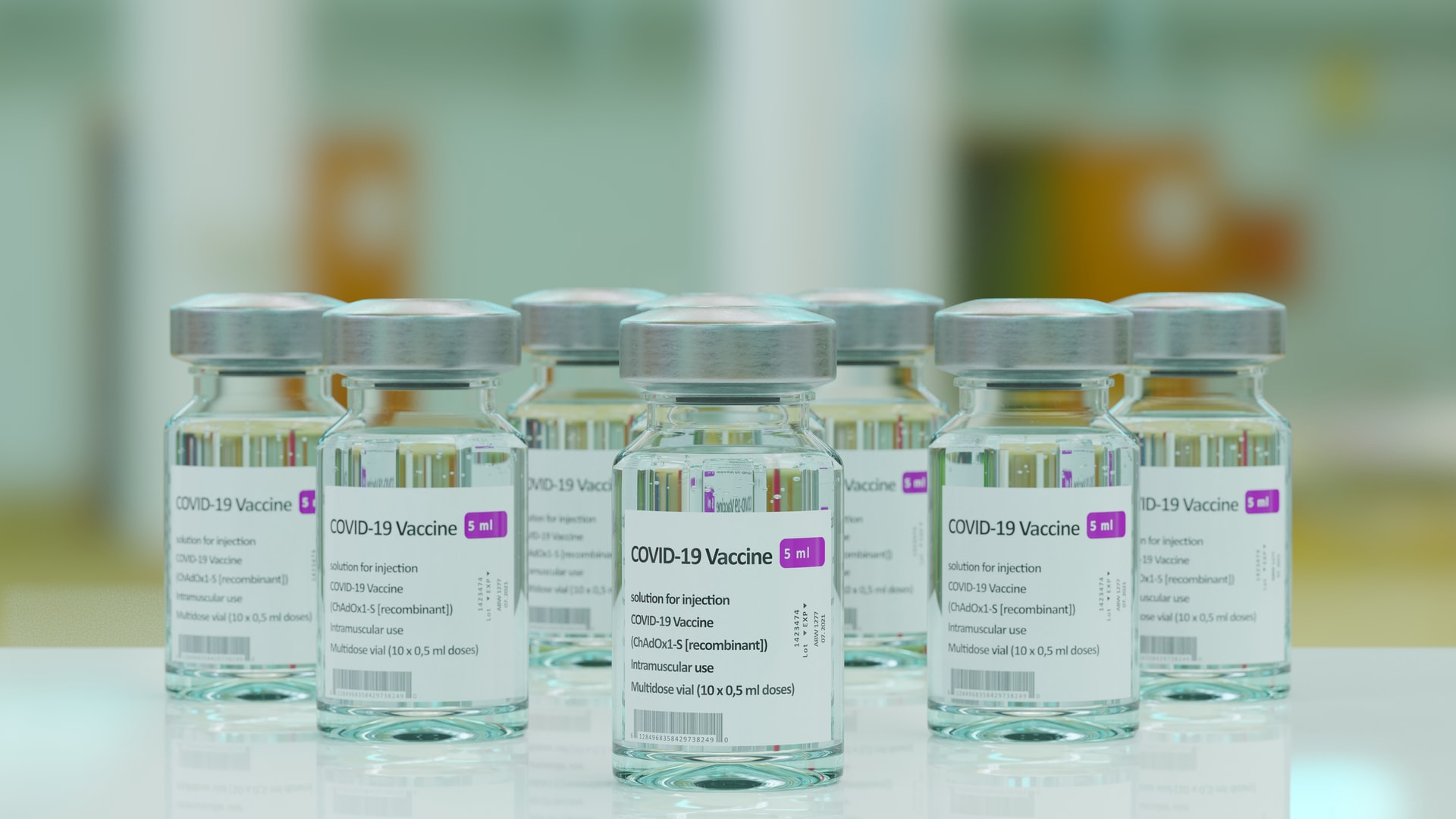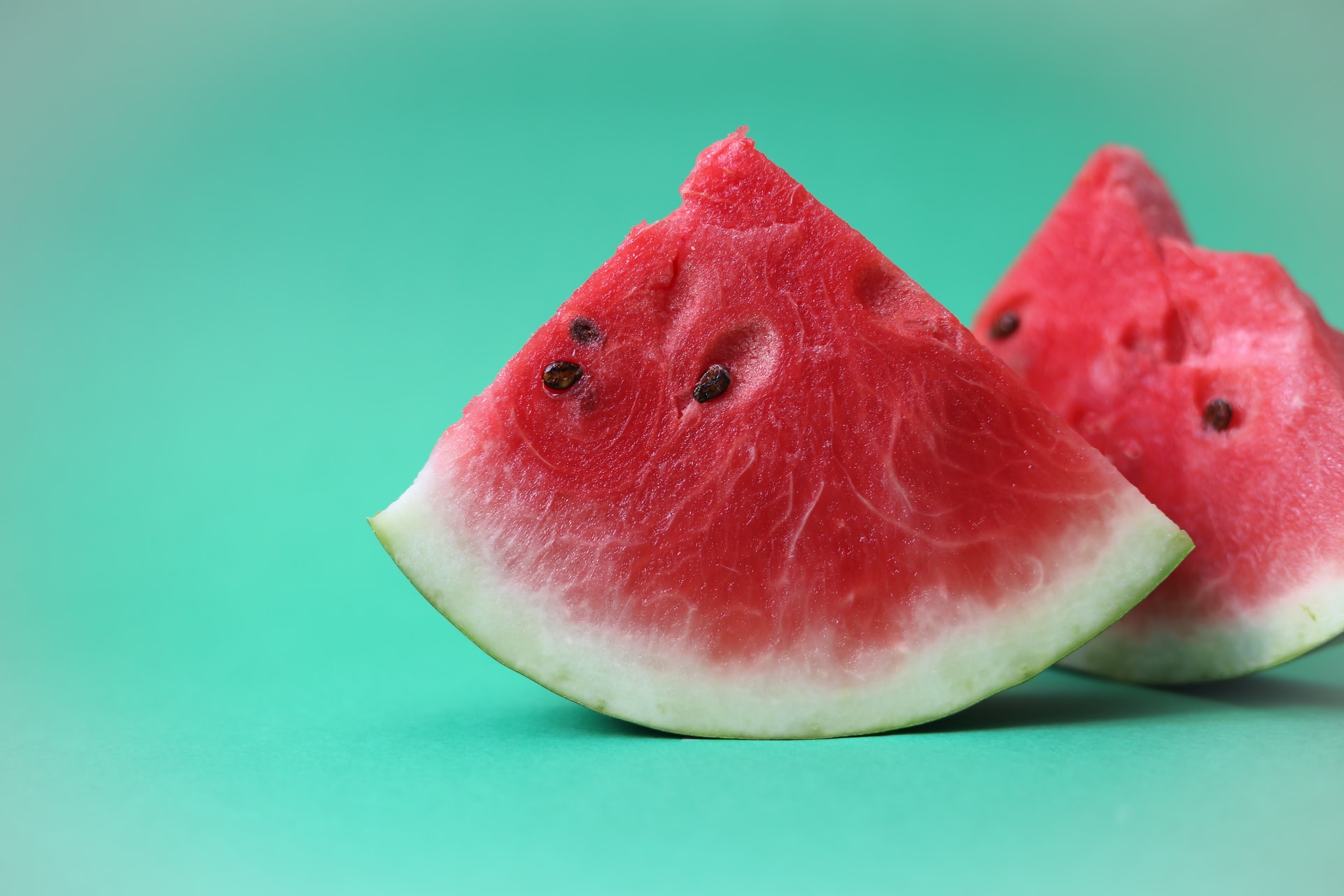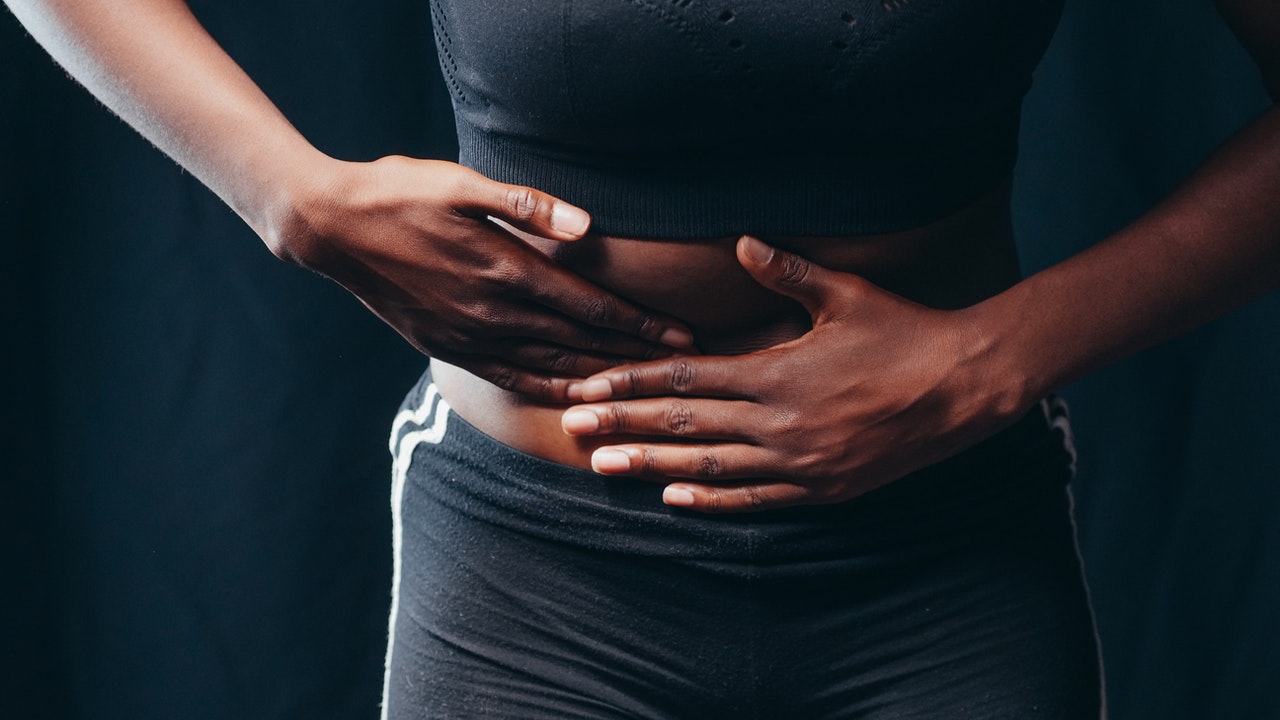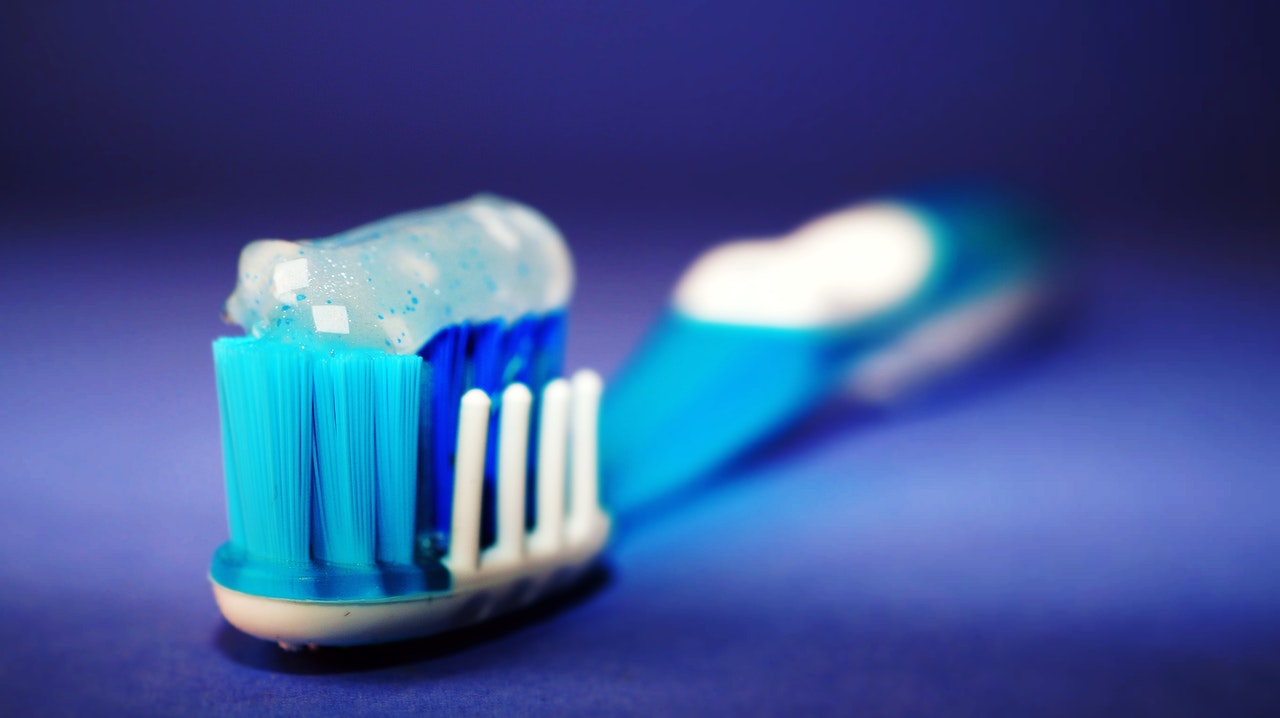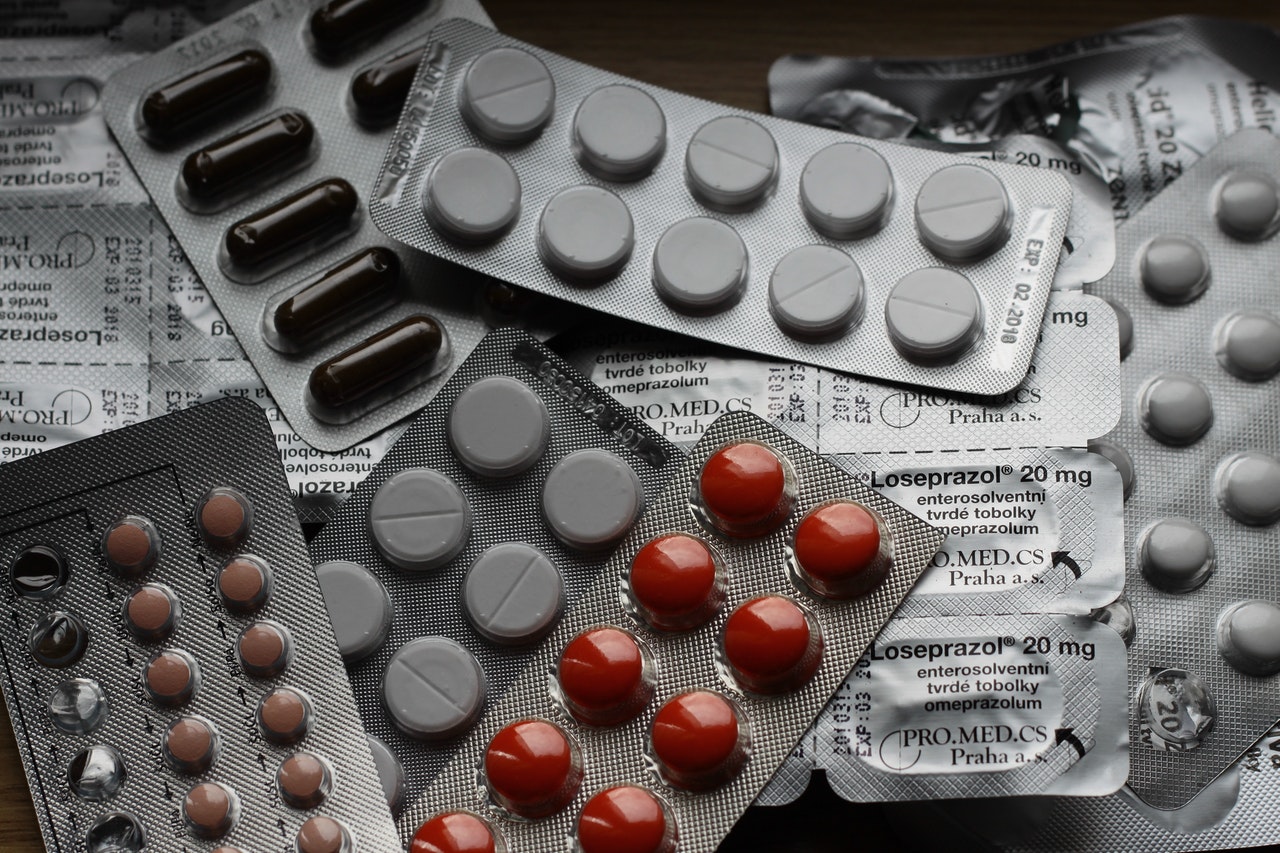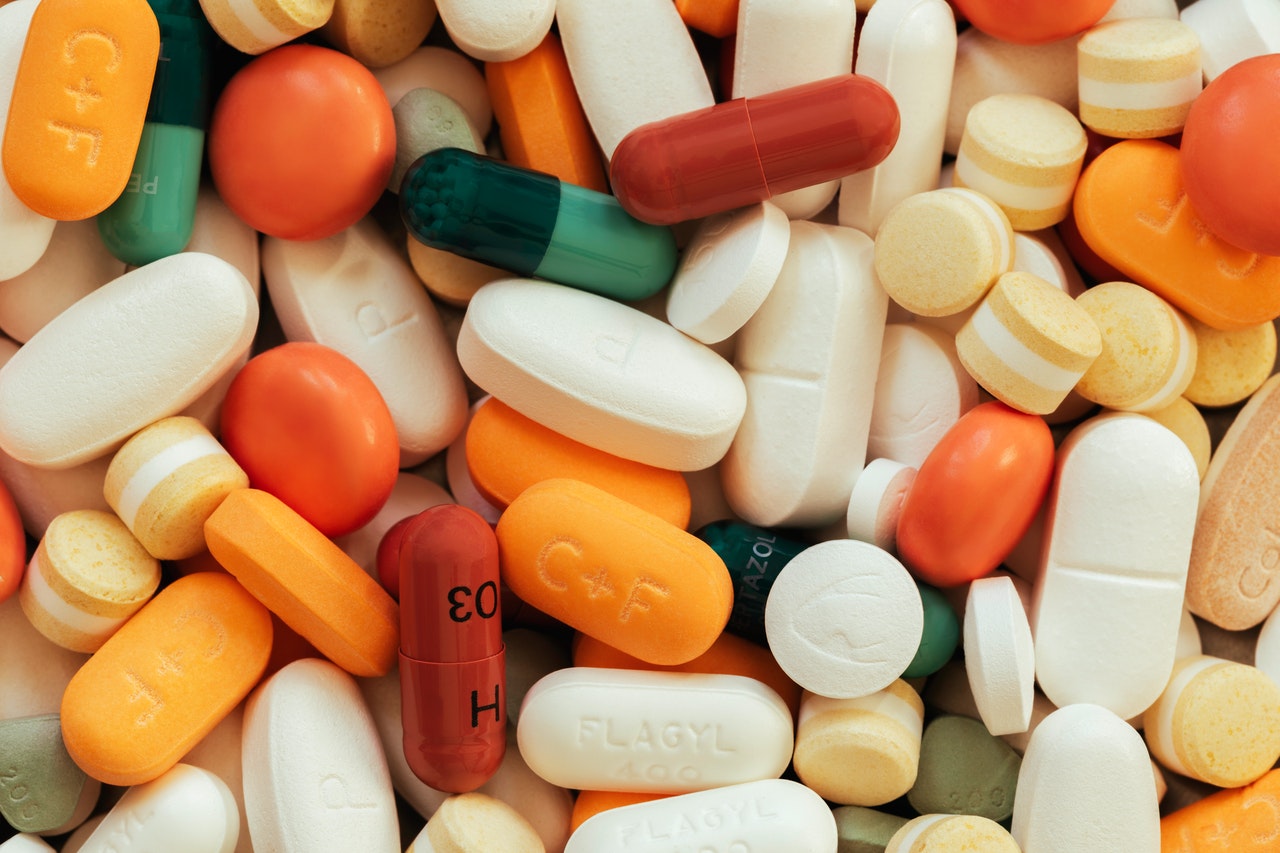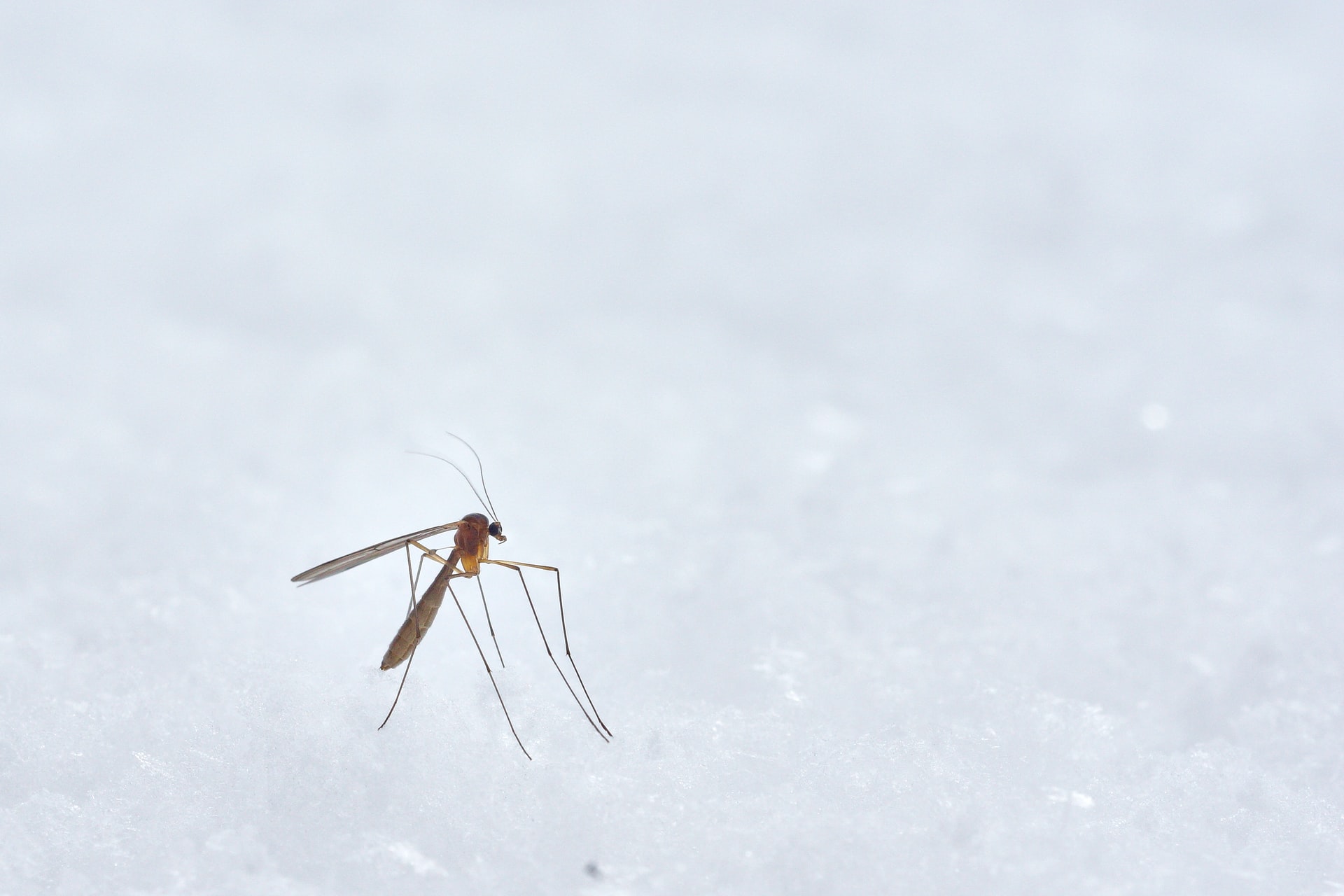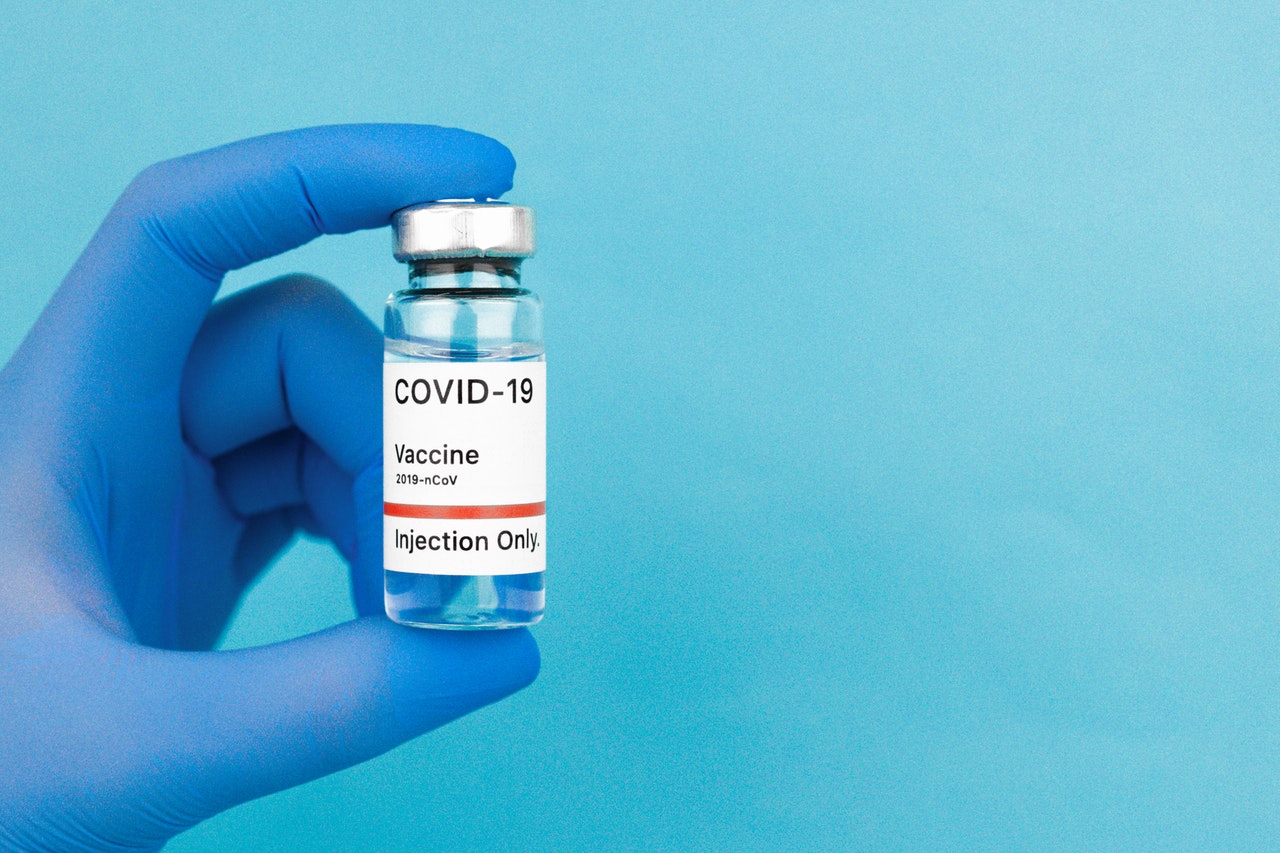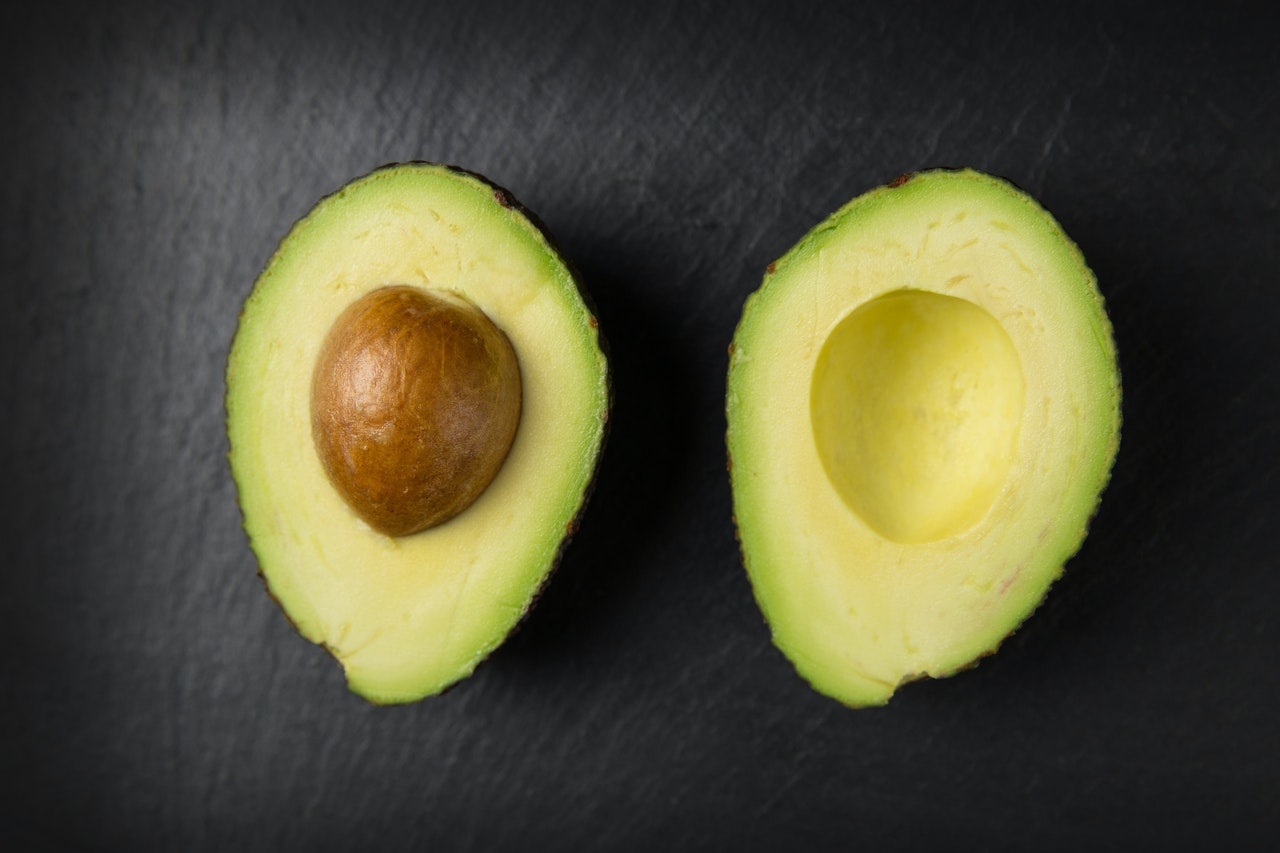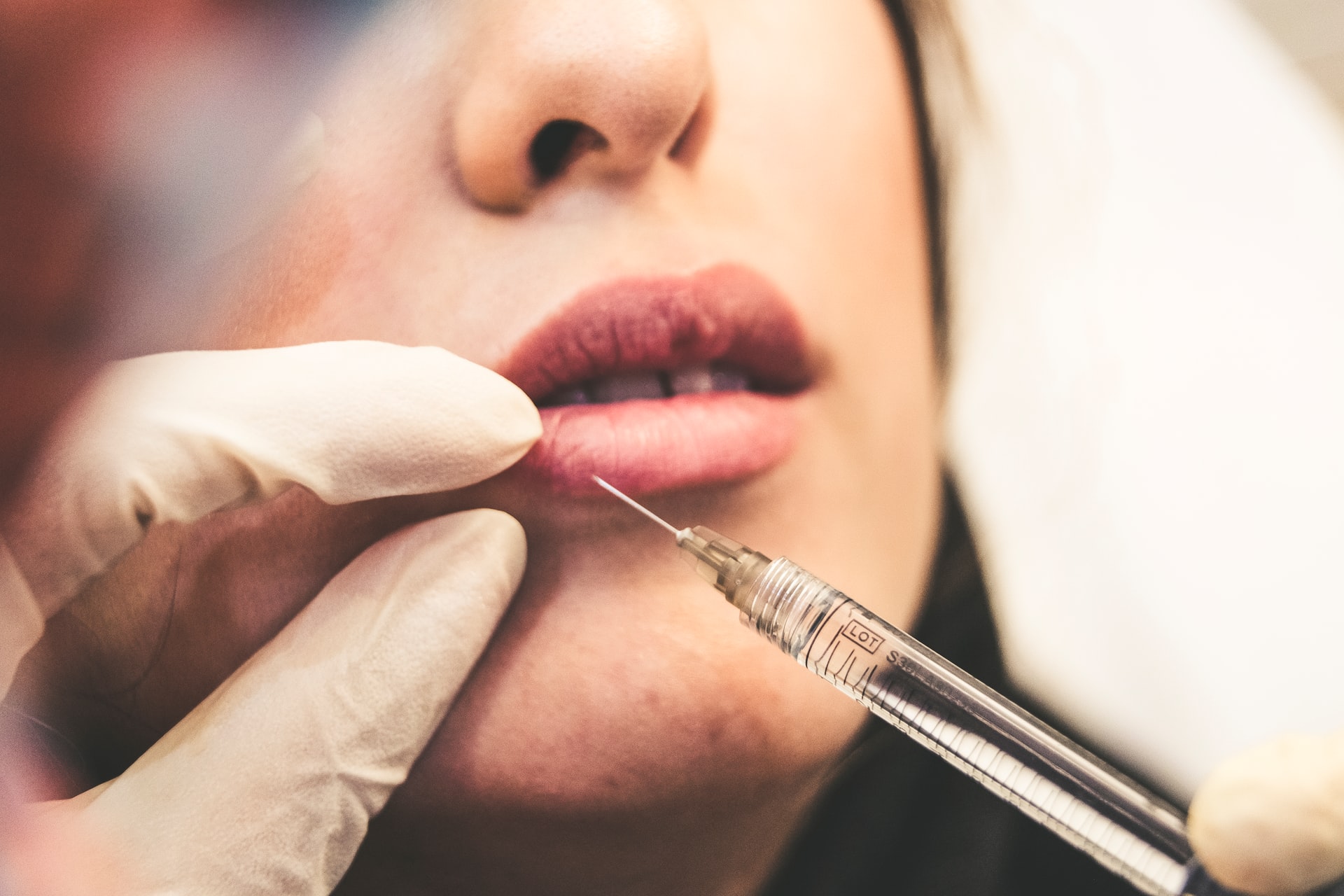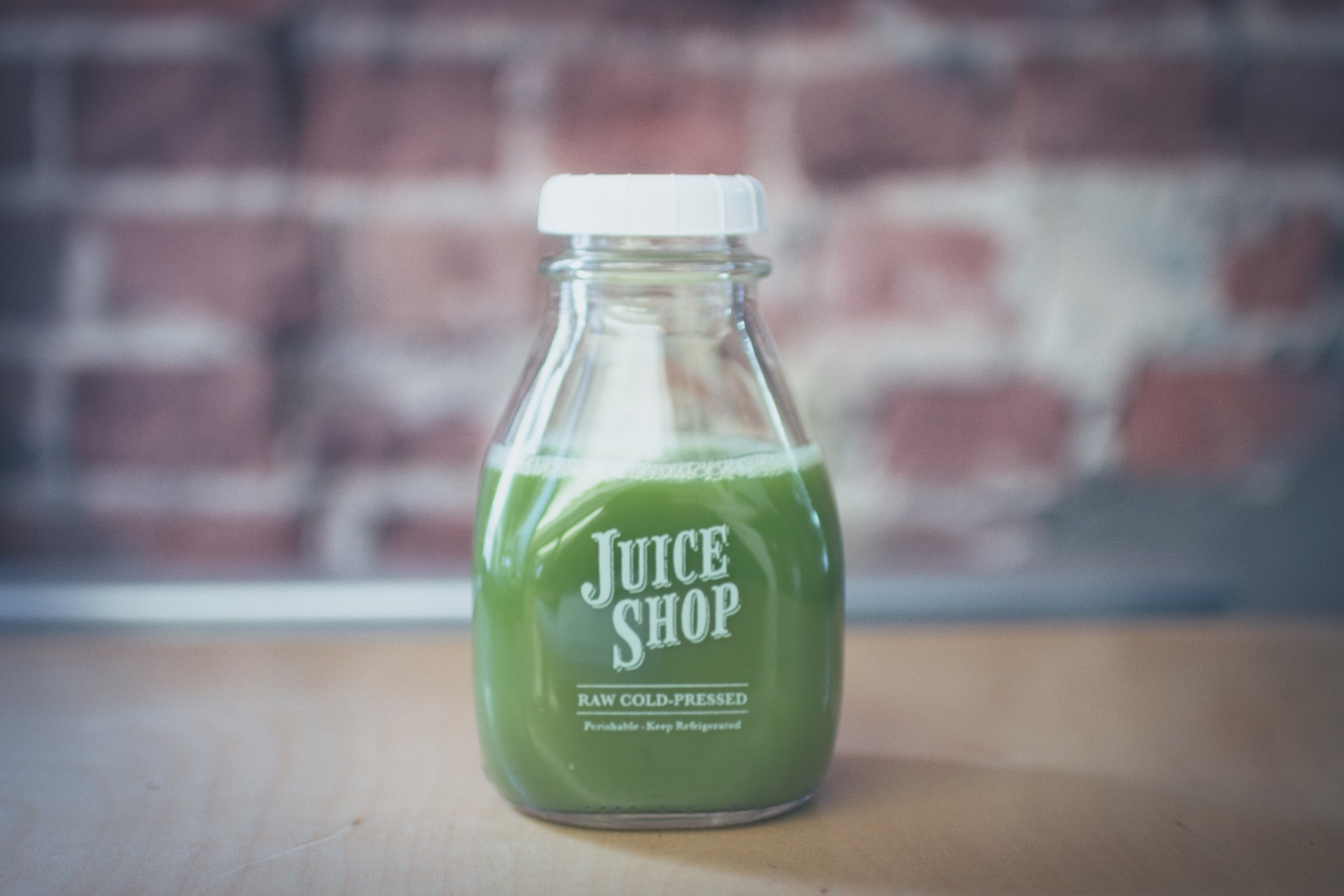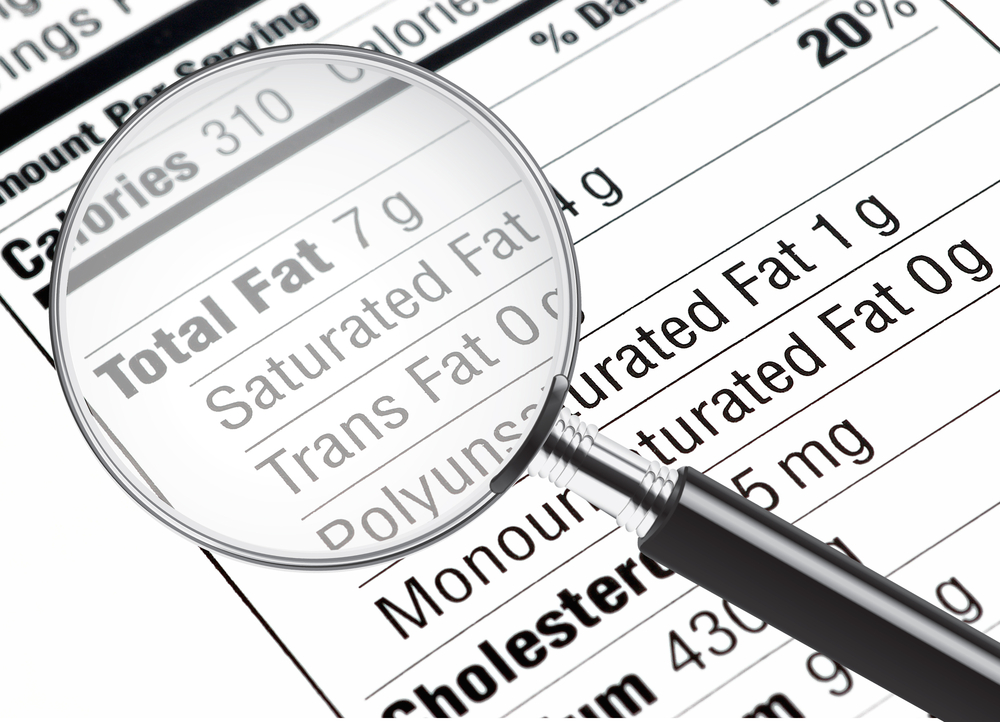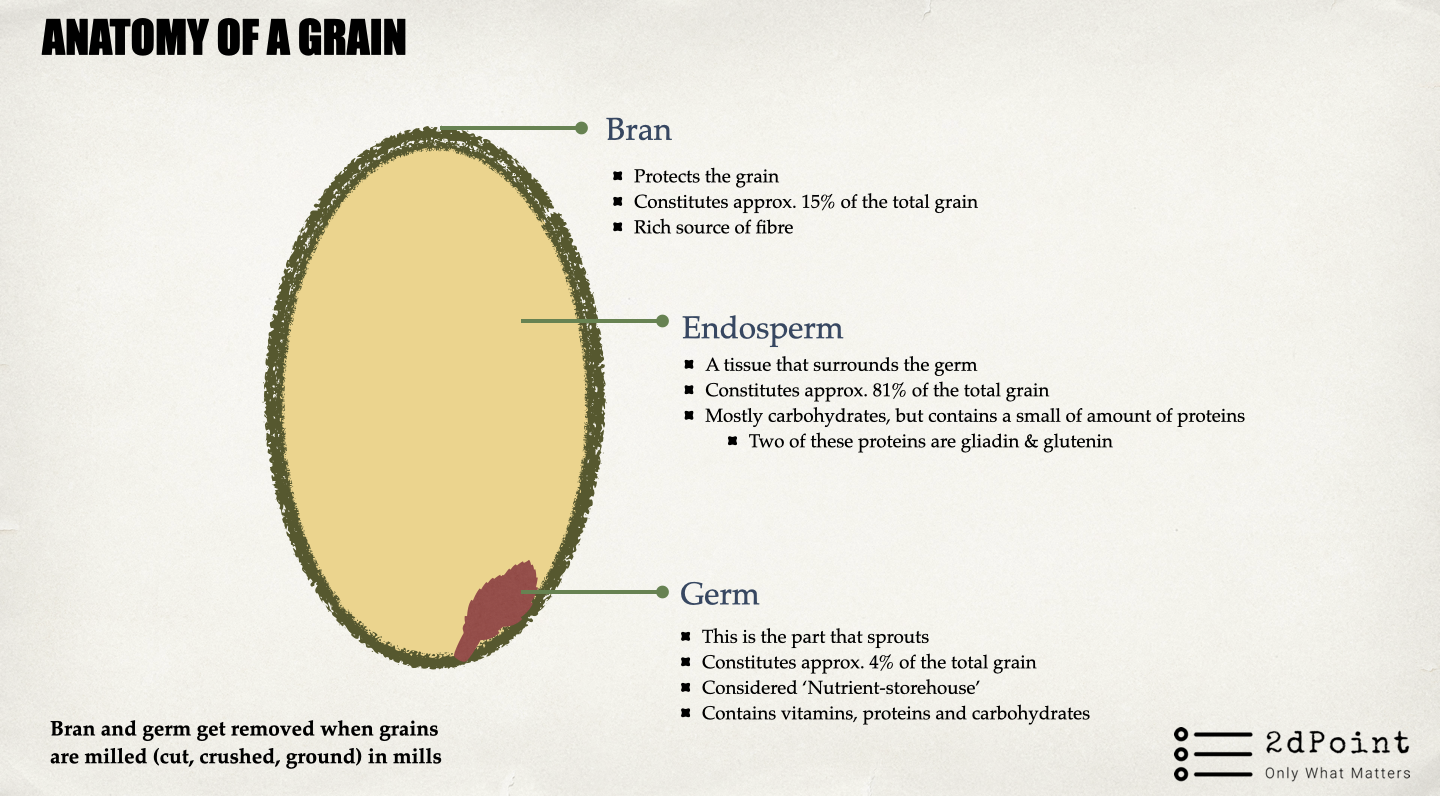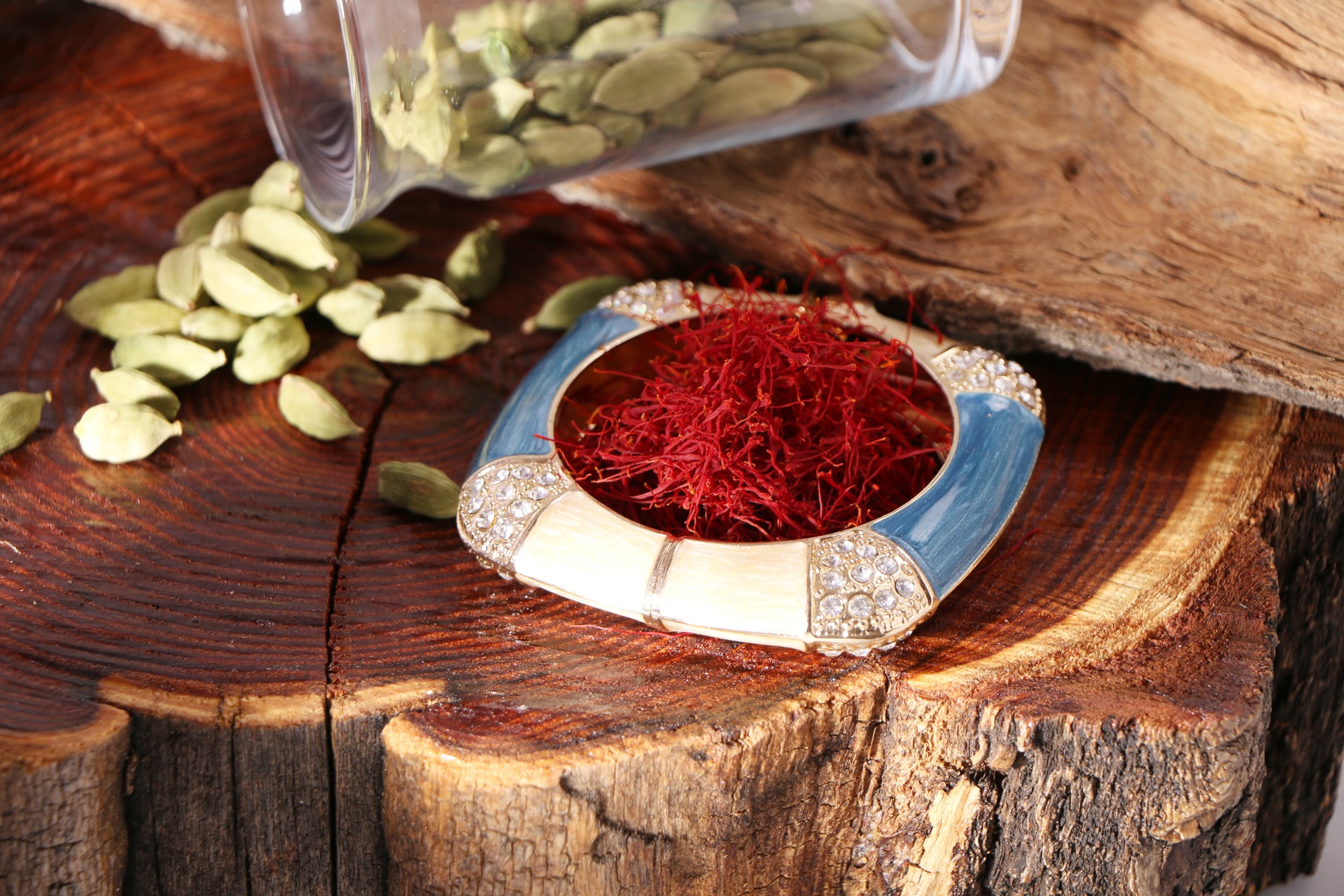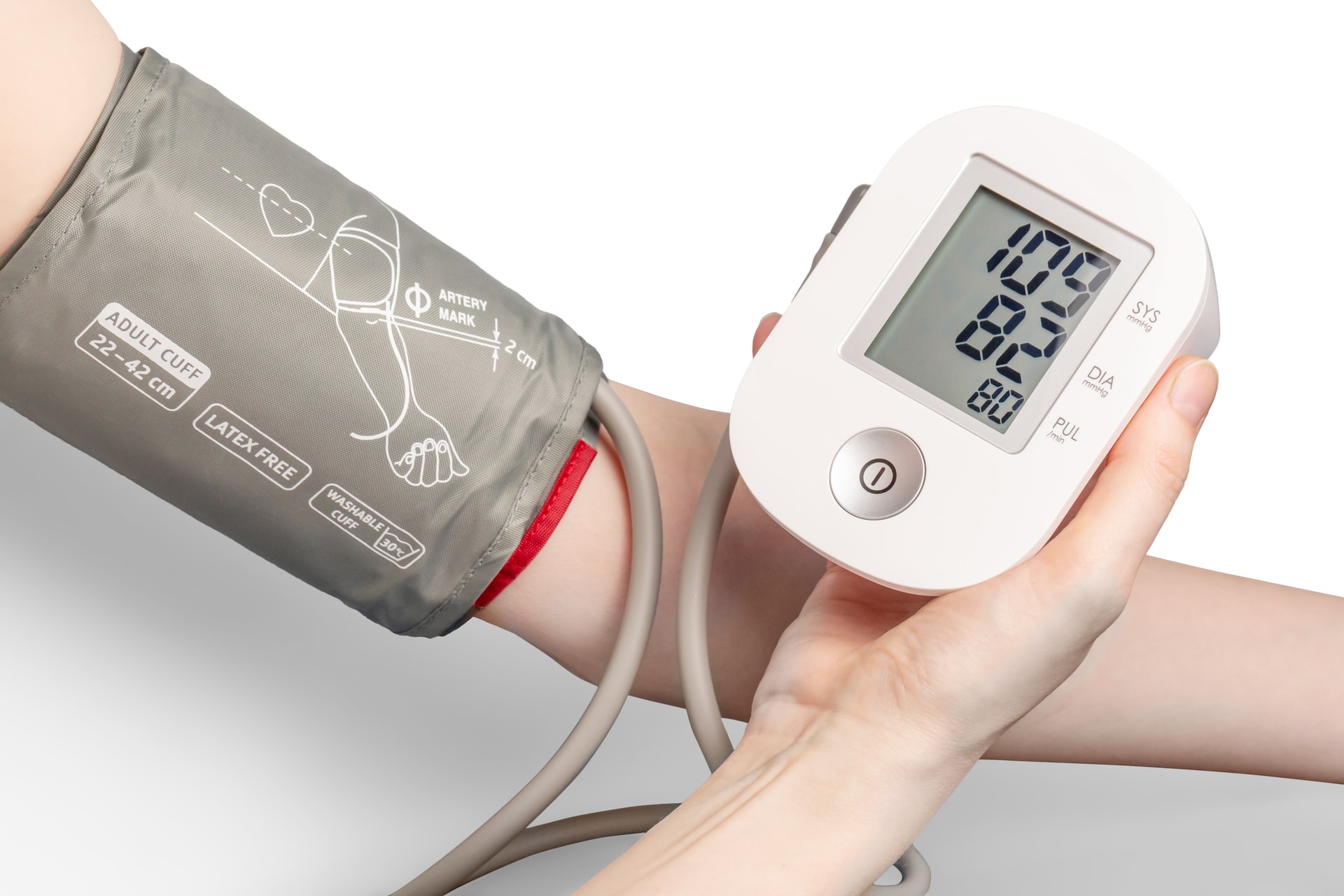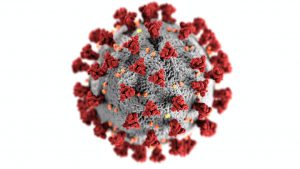Reading Time: 2 minutes
- A human body comprises over 30 trillion (1 Trillion = 1012) cells, divided into about 200 cell categories, e.g., skin cells, stem cells, muscle cells, etc.
- And because it is an attractive place (full of nutrition) for pathogens (virus, bacteria, etc.), the body is always at risk of invasion by these foreign objects.
- To control this invasion, the body deploys over 20 billion (1 billion = 109) leukocytes (white blood cells – a key component in our blood) that roam around the body like security personnel.
- But since the cell population is vast, it could be difficult for leukocytes to identify any invaders (bacteria, virus, etc.) that move in secretly.
- So, the body has given tags to every cell that belongs to the body.
- These tags or markers are called antigens, and they read something like: “My name is a skin cell, and I am not an invader.”
- The leukocytes keep monitoring all the cells in the body, and the moment they sense anything whose tag doesn’t seem valid, they call the armed forces of the body (B-cells & T-cells) and give them the tag details of this pathogen.
- B-cells & T-cells produce customised antibodies (soldiers) that exactly match the pathogen tags and get attached to each pathogen like a key in the lock and kill all of them.
- The beauty of the human body is that once it produces antibodies against a pathogen, it also creates antibody-producing memory cells that live long and always remember the pathogens and the required actions.
- Vaccines work on this memory aspect of our immune system—they contain killed or weakened versions of the virus or a small part of it, such as a protein or nucleic acid.
- When we get a vaccine, our immune system recognises the virus as foreign and creates antibodies and memory cells that protect us against future infections.
- Now, in the COVID vaccine’s effectiveness studies, it was found that the antibodies produced in the body by a given dose were far less than antibodies that were present in the bodies of those who had survived the COVID infection.
- And when the 2nd dose was given, the level of antibodies increased dramatically.
- So, the vaccine was created to work on the “prime and boost” strategy—similar to painting a wall that hasn’t had paint on it before.
- The first dose helps to prime your immune system, and the second dose—if given after a certain time—boosts the response (as confirmed by trials).
- Like you need to get the primer to dry before painting, the 2nd dose needs to be taken after a certain time, otherwise, its effectiveness is impacted.
- However, delaying the dose even by 45 weeks has been found to have no impact on the effectiveness.
Image courtesy of Steven Cornfield through Unsplash

